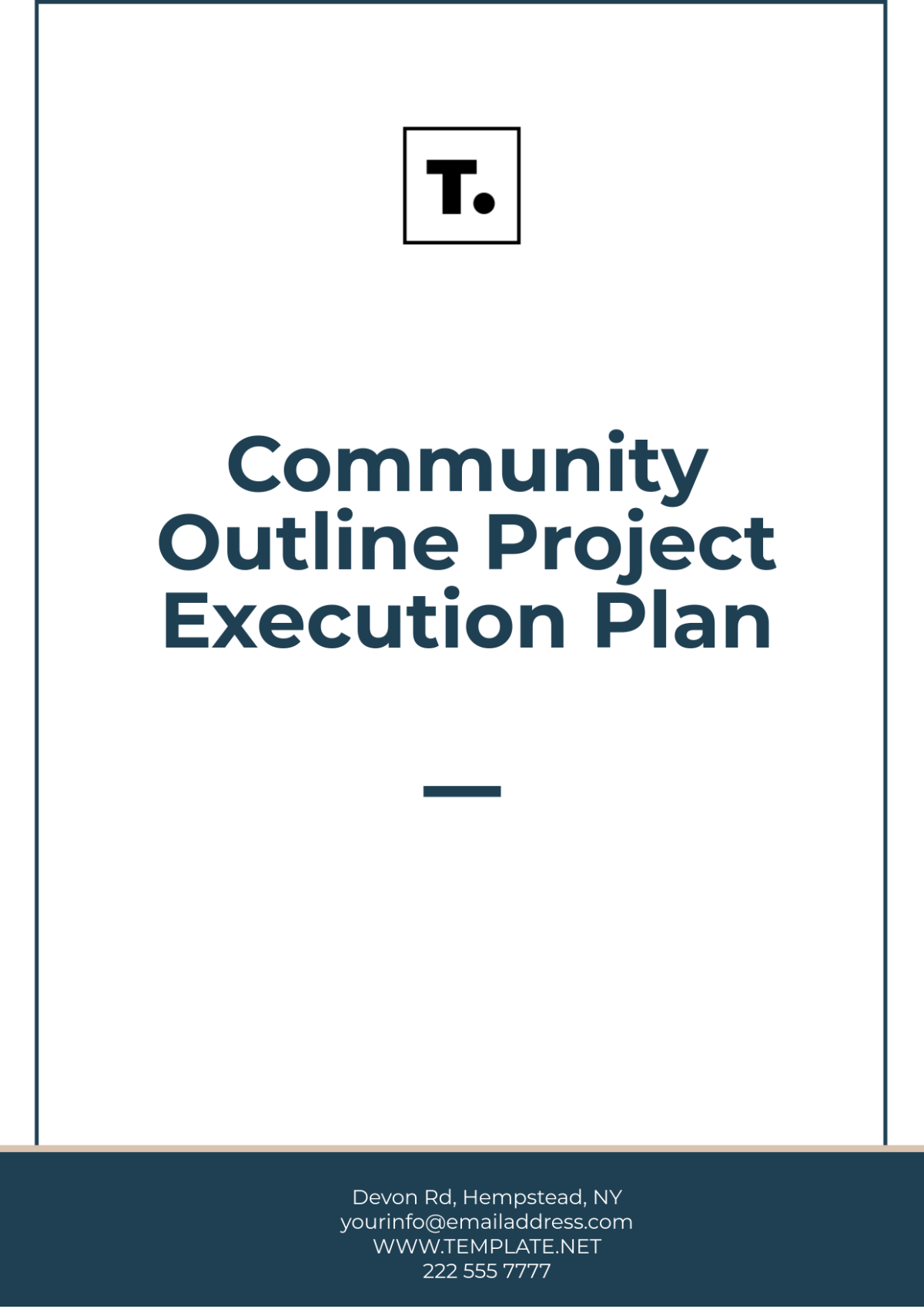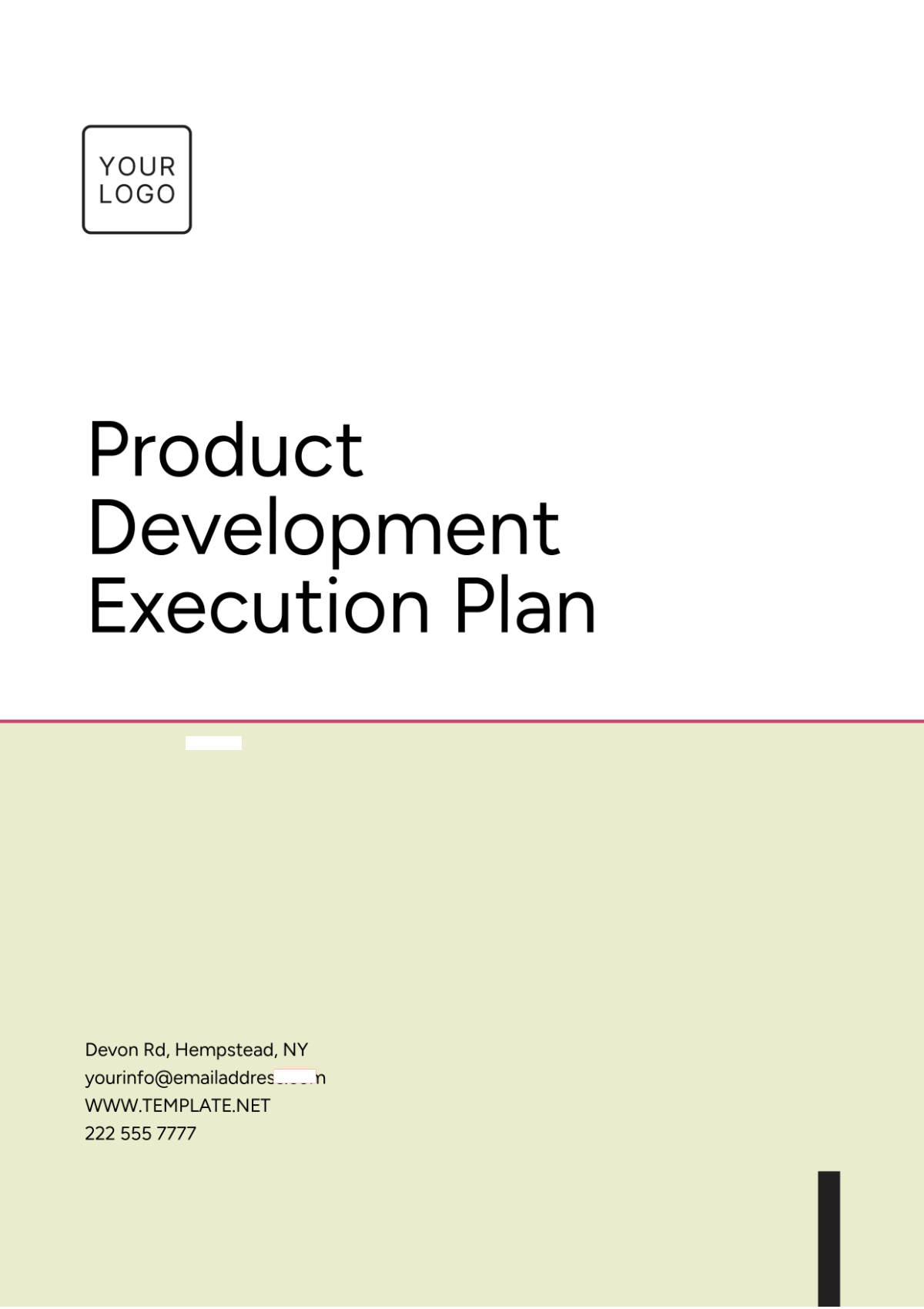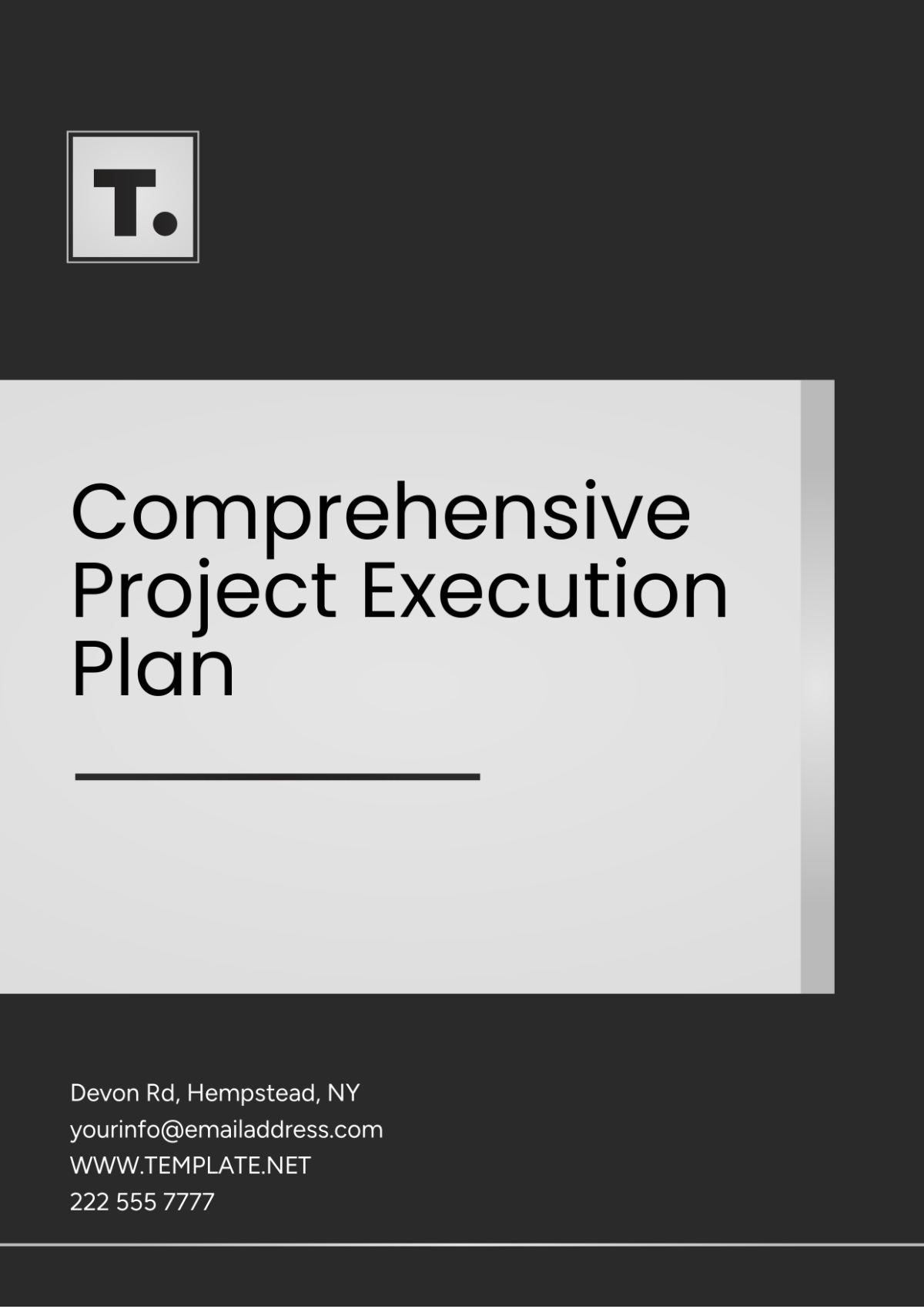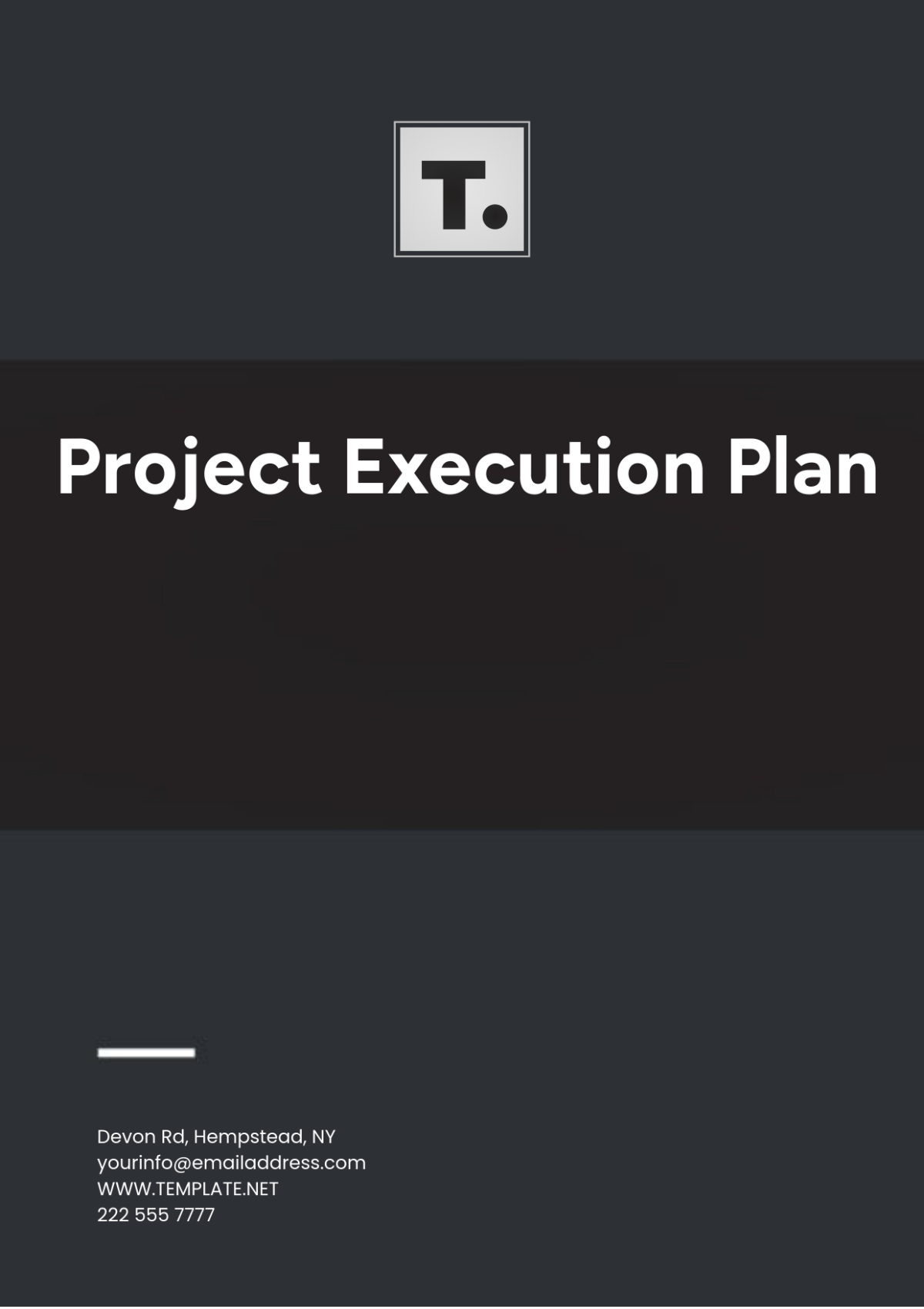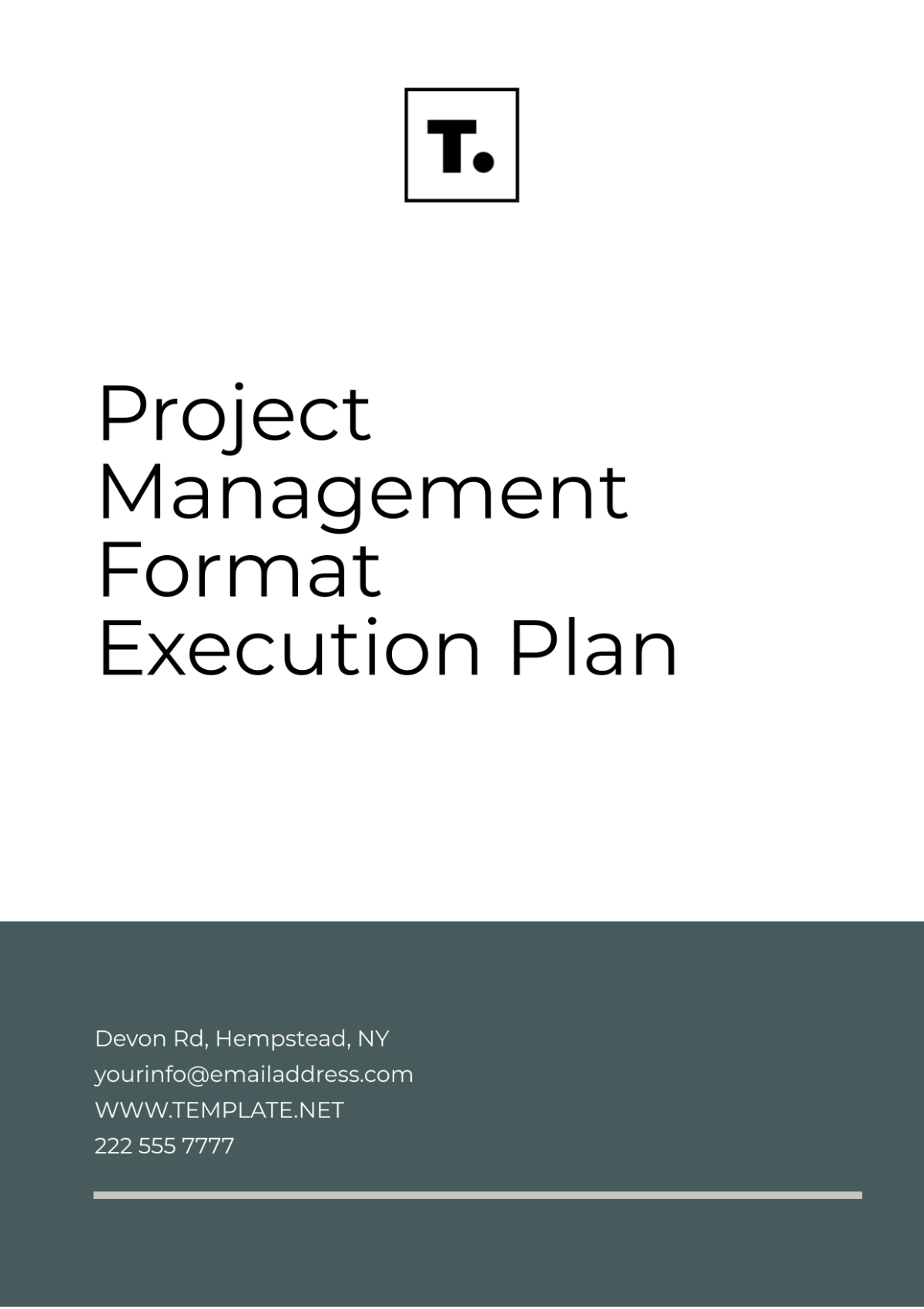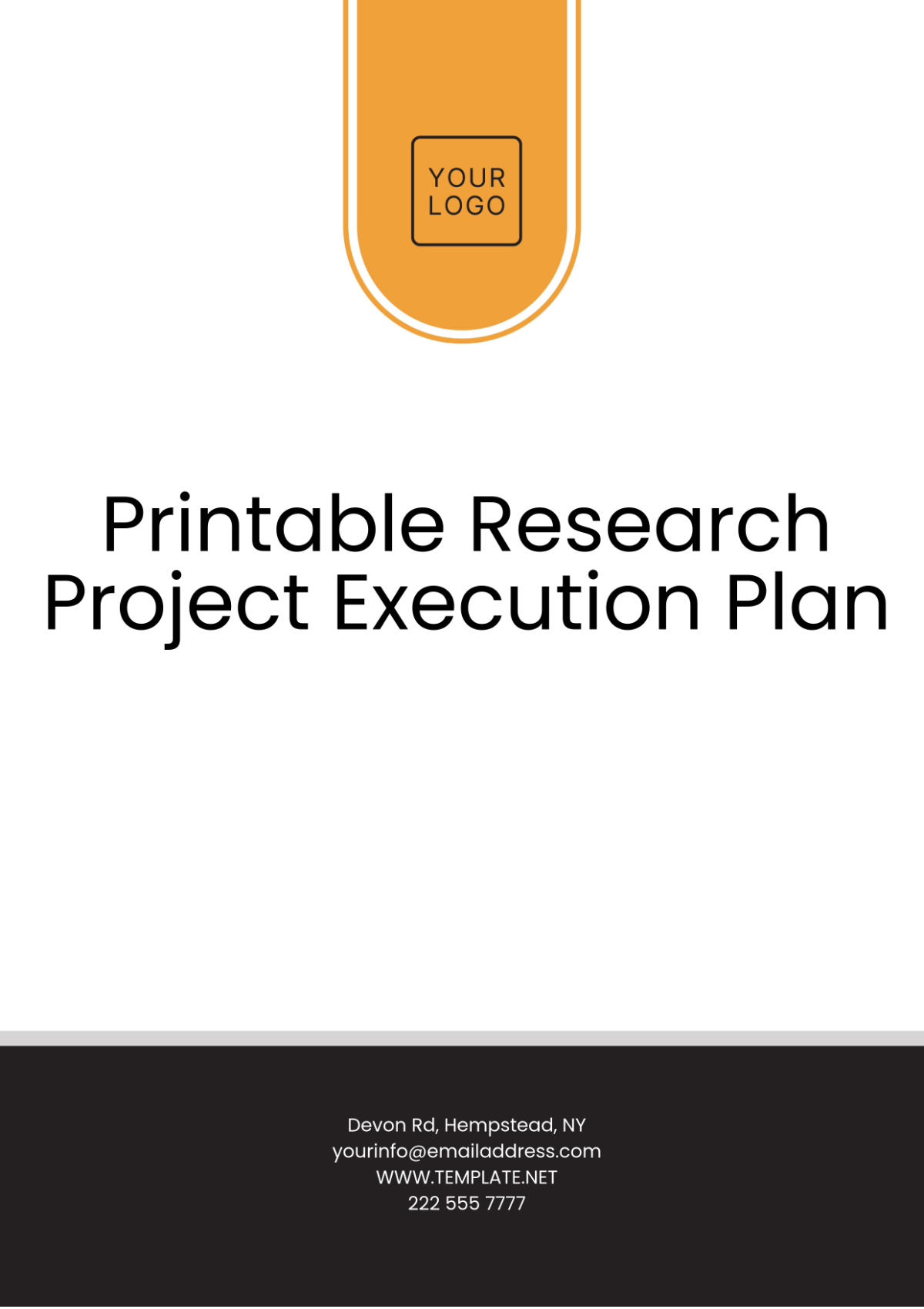Community Outline Project Execution Plan
Project Title: Community Green Spaces Initiative
Prepared By: [Your Name]
Date: October 24, 2050
1. Executive Summary
The Community Green Spaces Initiative aims to transform underutilized areas in our neighborhood into vibrant green spaces that promote environmental sustainability, community engagement, and improved quality of life. This project will enhance local biodiversity, provide recreational areas, and foster a sense of community among residents.
Objective: To create three community gardens and a small park within six months, enhancing green space accessibility.
Scope: Site assessments, community engagement sessions, design planning, implementation of gardens and parks.
Key Stakeholders: City Council, local environmental organizations, neighborhood associations, and residents.
2. Project Objectives
Community Needs: The community currently lacks accessible green spaces for recreation and social interaction.
Key Benefits:
Increase in local biodiversity.
Improved mental health and well-being of residents.
Opportunities for community engagement and educational programs.
3. Scope of Work
A. Deliverables:
Three community gardens were designed and planted.
One small park area with walking paths, benches, and native plants.
Educational workshops on gardening and environmental sustainability.
B. Work Breakdown Structure (WBS):
Phase 1: Site assessment and community surveys (Responsible: Project Team)
Phase 2: Design planning (Responsible: Landscape Architect)
Phase 3: Implementation (Responsible: Volunteers and Contractors)
Phase 4: Workshops and community events (Responsible: Project Team)
4. Timeline & Milestones
Start Date: January 5, 2051
Completion Date: June 30, 2051
Key Milestones
Milestone | Expected Date |
|---|---|
Site Assessment Completion | January 31, 2051 |
Design Approval | February 28, 2051 |
Groundbreaking Ceremony | March 15, 2051 |
Completion of Gardens and Park | June 1, 2051 |
Final Community Celebration | June 30, 2051 |
5. Resources & Budget
Human Resources:
Project Manager: [Your Name]
Landscape Architect: Carl Carter
Volunteer Coordinator: Kelly Hobbs
Community Volunteers: 20 volunteers from local schools and organizations.
Material Resources:
Soil, seeds, plants, tools, benches, and picnic tables.
Budget Overview
Budget Category | Amount |
|---|---|
Labor Costs | $5,000 |
Materials | $8,000 |
Workshops | $2,000 |
Miscellaneous | $1,000 |
Total Budget | $16,000 |
6. Risk Management Plan
Risk 1: Delays due to weather conditions.
Mitigation Strategy: Create a flexible schedule that accommodates weather-related delays.
Risk 2: Low community engagement.
Mitigation Strategy: Conduct outreach via local media and social platforms to increase awareness and involvement.
7. Stakeholder Engagement
Stakeholder Identification: City Council members, local schools, environmental NGOs, and neighborhood associations.
Communication Plan: Monthly meetings with stakeholders, newsletters to the community, and social media updates.
Community Involvement: Regular workshops to involve residents in the planning and implementation process.
8. Monitoring & Evaluation
Key Performance Indicators (KPIs):
Number of participants in workshops (target: 100 attendees).
Feedback from community surveys (target: 80% satisfaction rate).
Number of plants grown in the gardens (target: 500 plants).
Reporting Schedule: Bi-monthly progress reports to stakeholders and a final report upon project completion.
Evaluation Criteria: Assess community usage of green spaces through surveys and observational studies.
9. Sustainability Plan
Maintenance: Establish a community garden committee to oversee ongoing maintenance and volunteer recruitment.
Community Training: Organize training sessions for residents on gardening and sustainable practices.
Funding for Continuity: Seek grants from local environmental organizations and community fundraising events to support ongoing maintenance.
10. Conclusion
The Community Green Spaces Initiative will transform our neighborhood, providing essential green spaces that foster community connection, environmental sustainability, and a higher quality of life for residents. With strong stakeholder support and community engagement, we are confident in the successful execution of this project.

